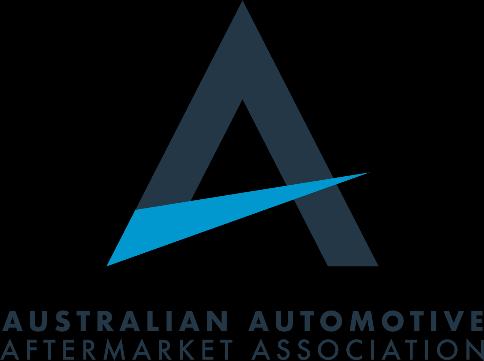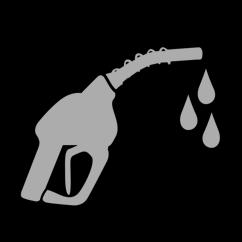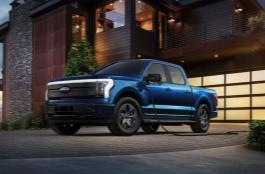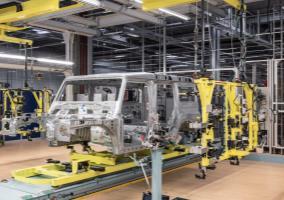













Consumer confidence has fallen again off the back of further interest rate rises and inflationary pressure in critical household categories such as groceries and utilities.
suggestions are that we are moving towards the end of this cycle locally, major economies around the world appear to be facing significant pressure; allied with ongoing uncertainty around the war in the Ukraine this will continue to impact consumer confidence into 2023.
confidence has also fallen through Q3, dropping into negative territory (under 100) as businesses continue to face cost pressure and inconsistent supply. In particular, any businesses involved in the distribution or supply of imported products will continue to struggle given weaker exchange rates and high shipping costs.
Alongside this, ongoing issues around the availability of labour are likely to persist, particularly in sectors like automotive that require significant investment of time and money into staff training and development.

Petrol prices fell in Q3, averaging 7c a litre less across the country than in the previous quarter. We can however foreshadow a significant rise in Q4 given the end of the 6-month reduction in fuel excise on the 28th September. This allied with reduced global production forecasts mean that fuel prices will rise, placing further pressure on already stretched household budgets. It will also eat away at business profitability, which is particularly concerning for low margin sectors like road freight transport.




State level results vary significantly, but we do need to consider where each of them was in Q3 2021, with the states that had less COVID-related restrictions in place (e.g. Western Australia) facing less significant reductions in vehicle sales. As a result, some of the data we’re seeing in this quarter is really a correction to the norm, as against a strong improvement.
Ultimately, the distribution of new vehicle sales across the country is largely reflective of population proportions as consumers and businesses nationwide return to more normal vehicle ownership and replacement cycles.

State Q3 Volume % Chng (YoY) Q3 Share
New South Wales 85,965 19% 31%
Victoria 72,496 10% 27% Queensland 60,913 4% 22%
Western Australia 25,487 -8% 9% South Australia 17,356 0% 6% Tasmania 4,568 6% 2% Australian Capital Territory 4,083 21% 1% Northern Territory 2,404 -9% 1%
TOTAL 273,272 9%

Australian Automotive Aftermarket Association Dashboard. Presented by ACA Research. Copyright © 2022.

New vehicle sales by brand remained somewhat turbulent through this
more by
availability
remains firmly anchored to the top of the list, selling more than 55,000 vehicles through the quarter.



With that said,
Mazda also had a strong quarter, displacing its
competitors to take 2nd
3rd,
1,000
Kia also managed to hold
separate the two
as they combined for more than 40,000 sales in the quarter.
down,
as
continues
push a strong EV line-up (as part of

Given Toyota’s position in market (as well as other brands such as Mazda and Mitsubishi), it’s no surprise that Japan is consistently the top country of origin for

sold in Australia. Thailand and Korea then take 2nd and 3rd
off the back of well established
operations in each country.
down the list, we can see a shifting dynamic, with more Chinese-made

entering the country, as the number of German, American and British made vehicles declines.
is likely to continue this growth in coming years, with brands like BYD planning aggressive expansion in Australia.
We have also seen some shifting trends in buyer type over recent years. Private and fleet buyers clearly have different needs when it comes to maintaining their vehicles, so this trend is important to understand.


Prior to the pandemic, we saw declining levels of private vehicle purchasing, with a greater proportion going to fleet buyers (whether business, govt, or rental fleets). That trend ended in 2020, with almost two thirds of vehicles sold to private purchasers. Meanwhile, businesses pulled back sharply on spending, with 2020 sales back below 2015’s results.
Despite the end of the pandemic, challenging economic conditions in 2022 suggest that it could take a while for business spending to return to the more buoyant level, suggesting that consumers will make up the bulk of new vehicle buyers for a certain time yet.
Digging deeper into vehicle purchasing, and we can see some trends in the types of vehicle they purchase as both groups move away from passenger vehicles. In both cases, the proportion of passenger vehicles purchased in 2021 is around half (or less) of what it was in 2015.
While the overall pattern is similar, we can however see that the destination is quite different. Since 2019 more than half the privately purchased vehicles have been SUVs, with this segment now making up almost two thirds of sales. Surprisingly, despite the greater presence of utes on Australian roads, they still make up a similar share of total sales to private buyers.
In contrast, business buyers are more evenly split with around two in five vehicles purchased being SUVs, and a similar proportion being utes.




a

that is to a
of
Electric
share of the
has grown
tenfold over the past 8 years, climbing from 2,976
in
to 20,310
can see though that
in
by more than 50% in the last year,

still only represent 0.1% of the total
are still a minor consideration in absolute terms, but this increase gives a good indication as to the current trajectory for electric vehicles, particularly as a wider

models are introduced into the market.
of more


The State of the Nation report is Capricorn's landmark survey, taking a peek under the bonnet to understand the current state, issues and emerging challenges facing automotive industries in Australia and New Zealand More than 1,900 Capricorn Members across the two countries responded to the 2022 survey, providing a credible and useful snapshot of the industry across all business types from mechanical workshops to panel & paint, the commercial sector and more.
Electric utes are finally being shipped to Australia. They’re about to boom in popularity, report predicts
Despite the sentiment of electric utes being quite low amongst Australians, the first models are now being shipped. By 2030, electric utes and vans will make up over half of light commercial vehicle sales in Australia, according to modelling published today by the management consultancy Boston Consulting Group.

ZF’s Busconnect and Aftermarket news hits the expo



ZF is well known for its OE bus products and aftermarket offerings. At this year’s Australasian Bus & Coach Expo, the Oceania team will turn its focus to ZF’s latest telematics solutions for bus and coaches, Bus Connect. ZF Oceania Managing Director Mark Lowe stated, “Our main objective at this year’s Expo is to build awareness of our vast products and services that we can provide to the market locally.”
Ineos Grenadier production has begun but the firm has admitted that customer deliveries aren’t likely to ramp up until later this year as a result of parts and development delays. In a symbolic moment, the first Grenadier started going down the production line at the firm’s former Mercedes factory in Hambach yesterday (Monday). Insiders confirmed that this first car is likely to be kept by Ineos chairman Sir Jim for personal use.
The government is planning to grow Australia's electric vehicle market. How will it do it?
Australians will have greater choice of electric vehicles (EVs) as part of the federal government's push to encourage more people to take up the low emissions cars. High prices, limited stock and long waitlists have excluded most from the market, but a new national plan will help change that, Climate Change Minister Chris Bowen said.

Car Care Products Australia will remain in business selling its non-paint protection film products.

XPEL Inc., a global provider of protective films and coatings, has announced its acquisition of the paint protection film business of Car Care Products Australia, a distributor of automotive protective films serving Australia. Car Care Products Australia will remain in business selling its non paint protection film products.

